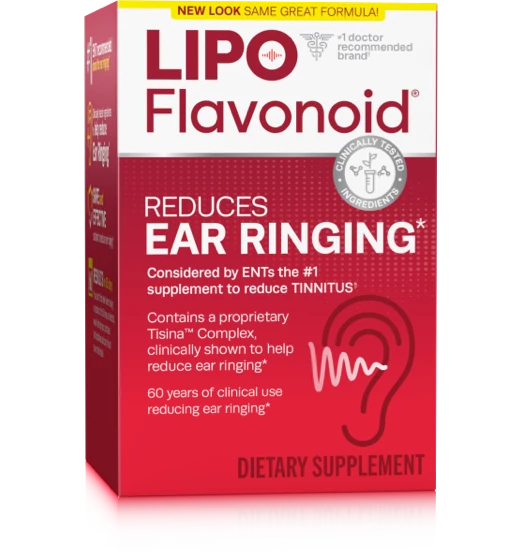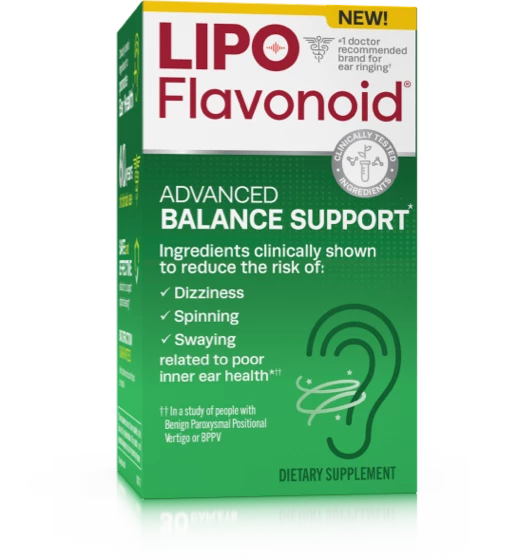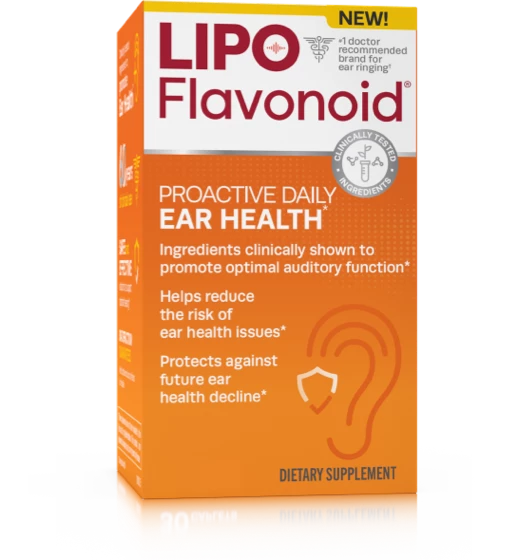- Products
- Science
-
Resources
- Tinnitus Resources
- What is tinnitus?
- Causes of tinnitus
- Tips for managing tinnitus
- Prepare for your doctor's visit
- PTSD and tinnitus
- Tinnitus FAQs
- Hearing Loss Resources
- What is hearing loss?
- Degrees of hearing Impairment
- Types of hearing loss
- Causes of hearing loss
- Treatment options for hearing loss
- Buy Now
- Coupons
- Test Your Hearing
- Test Your Hearing
- Healthcare Professionals
Is There Such a Thing As Tinnitus in Teens?
Is he or she a gamer? Musician? Athlete? Tinnitus isn’t cliquish. It can affect just about anyone. Tinnitus in teens is more common than one might think. According to the Children’s Hospital of Philadelphia (CHoP), about one-third of adolescents experience tinnitus. 1
In an age of constant connectivity, teens are increasingly experiencing tinnitus and hearing loss for many reasons, most often due to extended periods of listening to music with earbuds. Oftentimes, ringing in their ears goes unnoticed, because they don’t complain. They think it is perfectly normal. The good thing is that tinnitus in teens tends to dissipate as they age. The American Academy of Otolaryngology-Head and Neck Surgery reports that it’s unusual to see a child carry tinnitus into adulthood. 2
Studies reveal that simple things like wax
Signs Your Teen Might Have Tinnitus
- Sensitivity to noise
- Poor focus, restlessness
- Tantrums, irritability, holding their ears or head
- Severe fatigue
- Anxiety or depression
- Complaints of buzzing, ringing, clicking or similar sounds
If your teen exhibits any of these warning signs, take him or her to a physician or an otolaryngologist (ear, nose
Sources
1 – “What is Tinnitus (Ringing in Ears)?” Children’s Hospital of Philadelphia, https://www.chop.edu/conditions-diseases/tinnitus
2 – “When Your Child Has Tinnitus,” Patient Health Information, American Academy of Otolaryngology-Head and Neck Surgery,
https://www.entnet.org//content/when-your-child-has-tinnitus
– “Chronic Tinnitus in Children and Adolescents,” U.S. National Library of Medicine, National Institutes of Health, https://www.ncbi.nlm.nih.gov/pubmed/9476106
*These statements have not been evaluated by the Food and Drug Administration. These products are not intended to diagnose, treat, cure or prevent any disease.
*Survey data on file
REFERENCES:
- April 2018 Survey. Clarion Brands Inc. data on file.
- Williams H, Hedgecock L. Citrus Bioflavonoids, Ascorbic Acid and Other B-vitamins in the Treatment of certain types of neurosensory deafness a preliminary report. Staff meeting of the Mayo Clinic (1962).
- Tinnitus Overview. Mayo Clinic website http://www.mayoclinic.org/diseases-conditions/tinnitus/basics/definition/con-20021487. Accessed Sept. 7, 2016.
- Understanding the Facts. American Tinnitus Associations website https://www.ata.org/understanding-facts. Accessed Sept. 7, 2016.
- Slattery WH, Fayad JN. Medical treatment of Meniere's disease. Otolaryngologic Clinics of North America 1997; 30:1027-37.
- Kumar S, Pandey AK. Chemistry and Biological Activities of Flavonoids: An Overview. The Scientific World Journal. 2013;2013:162750. doi:10.1155/2013/162750.
- Fetterman BL, Saunders JE, Luxford WM. Prognosis and treatment of sudden sensorineural hearing loss. Am J Otol 1996; 17:529-36.
- Arenberg I, Bayer R. Therapeutic Options in Meniere’s Disease. Arch Otolaryngol 1977;103: 589-93.
- Shaia F, Sheehy J. Sudden sensori-neural hearing impairment: a report of 1,220 cases. Laryngoscope 1976; 86:389-98.
- Herschberg S. Meniere’s disease. J Am Osteopathic Association 1974; 73:540-6.
- Wolfson R. Treatment of Meniere’s disease. Modern Treatment (1969) 6,3, 553-567.
- Rubin W. Vestibular suppressant drugs. Arch Otolaryngol 1973; 97:135-8




